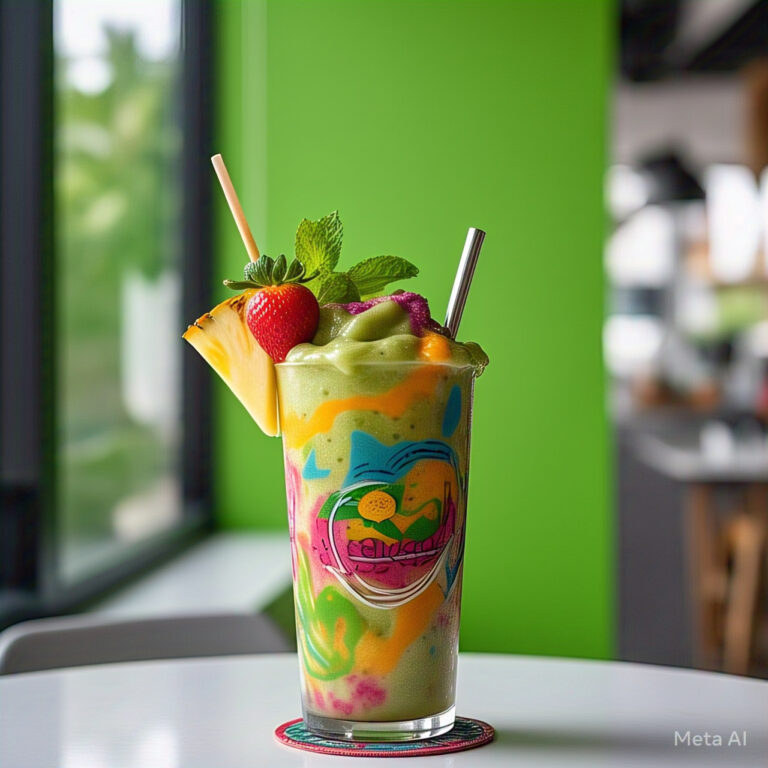In today’s fashion landscape, eco-friendly textiles are not just a trend—they’re becoming essential for anyone who values both style and sustainability. These materials help reduce environmental impact while pushing the fashion industry toward a more sustainable future. Why does this matter? The textile industry is a significant contributor to pollution and resource depletion, but by opting for eco-friendly alternatives, we can help cut waste and conserve nature’s precious resources. This guide will walk you through the basics of eco-friendly textiles and show you how making mindful choices can lead to a greener future—one outfit at a time. Ready to make a positive impact with your wardrobe?
What Are Eco-Friendly Textiles?
Eco-friendly textiles are designed to minimize environmental harm and promote sustainability. These materials often come from natural and organic sources such as hemp, organic cotton, bamboo, and recycled fibers. They stand out because they are renewable, require less water to produce, and often don’t rely on harmful chemicals for processing. It’s not just about the materials themselves, though; the production processes are equally important. Eco-friendly textiles are produced with the goal of reducing waste and pollution, and many are biodegradable, meaning they won’t linger in landfills for centuries.
Some key characteristics of eco-friendly textiles include:
- Sustainable sourcing: Using materials that can be regenerated.
- Biodegradability: The ability to decompose naturally without harming the environment.
- Low-impact production: Minimizing water, chemical, and energy usage during manufacturing.
Why Sustainability in Fashion Matters
The fashion industry has long been a major player in environmental degradation. Traditional textile manufacturing processes use an enormous amount of water and energy, producing significant carbon emissions. In fact, the fashion industry generates over 92 million tons of waste and consumes a staggering 1.5 trillion liters of water annually.
Switching to sustainable practices is crucial, as it can help mitigate these negative effects. By opting for eco-friendly textiles, we can promote:
- Less pollution: Cleaner manufacturing processes that reduce harmful waste.
- Conservation of resources: Reduced water and energy consumption.
- Ethical labor practices: Fair treatment of workers and better working conditions.
Sustainability also encourages a shift in how we consume fashion. It’s about choosing quality over quantity and investing in items that are built to last, reducing the need for fast fashion and excessive waste. Every eco-friendly purchase is a vote for a healthier planet, and when you make sustainable choices, you contribute to the shift toward a more ethical, responsible industry.
Popular Eco-Friendly Textiles
As consumers become more conscious of the environmental impact of their clothing, eco-friendly textiles are gaining in popularity. Let’s take a look at some of the most common sustainable fabrics and how they’re changing the fashion game:
1. Organic Cotton
Organic cotton is grown without the use of harmful pesticides or synthetic fertilizers, making it safer for the environment and farmers alike. It’s hypoallergenic, durable, and breathable—ideal for everything from T-shirts to towels. Choosing organic cotton helps reduce water pollution and supports biodiversity.
2. Bamboo Fabric
Bamboo fabric is incredibly soft, often compared to silk, and offers natural antibacterial properties. It’s a popular choice for activewear and baby clothes due to its breathability and sustainability. Bamboo requires minimal water and doesn’t need chemical fertilizers or pesticides, making it an environmentally friendly option. However, it’s important to ensure that bamboo is processed responsibly, as some methods use harmful chemicals.
3. Recycled Polyester (rPET)
Recycled polyester is made by converting post-consumer plastic bottles into fibers, reducing landfill waste and the demand for petroleum. This process uses up to 45% less energy than producing virgin polyester, making it a more sustainable choice. Recycled polyester is just as durable and versatile as traditional polyester and is commonly used for outdoor gear and activewear.
4. Hemp Fabric
Hemp is one of the most durable natural fibers available. It requires little water to grow, and no pesticides are needed. Hemp fabrics are biodegradable and get softer with every wash, making them perfect for long-lasting garments like bags and outerwear. The plant’s quick growth and minimal resource requirements make it an excellent choice for sustainability.
5. Tencel (Lyocell)
Tencel is a biodegradable fabric made from eucalyptus trees and produced through a closed-loop process that recycles water and solvents. Known for its softness, breathability, and moisture absorption, Tencel is ideal for both casual wear and bedding. It requires less water than many other fibers and is a great option for those seeking sustainable alternatives.
How to Choose Eco-Friendly Textiles
Making eco-conscious choices when it comes to fabrics can be tricky, but understanding labels and certifications can help you navigate the options. Look for these key certifications when shopping for sustainable textiles:
- Global Organic Textile Standard (GOTS): Ensures the fabric is made from organic fibers and adheres to strict environmental and social standards.
- OEKO-TEX® Standard 100: Indicates that the fabric has been tested for harmful substances and is safe for human use.
- Fair Trade Certified: Guarantees fair wages and safe working conditions for the workers involved in the product’s production.
- Cradle to Cradle Certified™: Signifies that the fabric is made through sustainable processes that ensure safety for both humans and the environment.
In addition to reading labels, you can make more sustainable choices by:
- Shopping from sustainable brands that prioritize transparency and eco-friendly manufacturing.
- Buying secondhand to reduce demand for new resources.
- Opting for high-quality, durable items that will last longer, reducing the need to replace clothing frequently.
- Choosing natural fibers like organic cotton, hemp, and linen, which tend to have a lower environmental impact than synthetics.
- Avoiding fast fashion in favor of companies that prioritize ethical manufacturing and sustainability.
These steps can help you build a more sustainable wardrobe and reduce your environmental footprint.
The Future of Eco-Friendly Textiles
The future of eco-friendly textiles is bright, with innovations in biodegradable materials and technological advancements driving the industry toward even more sustainable options.
Biodegradable Fabrics
New materials like mushroom leather and seaweed fiber are emerging as exciting alternatives to traditional fabrics. These biodegradable options decompose naturally, helping to reduce textile waste and pollution.
- Mushroom Leather: Made from mycelium, this fungus-based fabric offers a leather-like texture and is completely biodegradable.
- Seaweed Fiber: Known for being resource-efficient, seaweed-based fabrics are compostable and leave a minimal environmental footprint.
- Plant-Based Composites: These materials break down naturally, contributing to a circular fashion economy.
Technological Innovations
Technology is playing a critical role in shaping the future of eco-friendly textiles. Advances in recycling methods, smart textiles, and AI-powered production optimization are helping make fashion more sustainable. Innovations like enhanced recycling technologies, which recover fibers from discarded textiles, are already changing how fabrics are produced, ensuring sustainability becomes an integral part of the process.
At the forefront of these advancements is Fairway Fabrics, a company that is dedicated to providing sustainable textile solutions that meet the demands of the modern fashion industry while minimizing environmental impact.
Conclusion
Eco-friendly textiles are transforming the fashion industry by aligning style with sustainability. By choosing these fabrics, you help reduce pollution, promote ethical labor practices, and conserve natural resources. Whether it’s organic cotton, bamboo, or recycled polyester, each eco-friendly fabric has its own set of benefits that contribute to a healthier planet.
Next time you shop, look for sustainable labels, support brands that care about the environment, and consider the impact of your choices. The future of fashion is green, and it’s up to us to lead the way.
Ready to explore more eco-friendly options? Visit Fairway Fabrics to see how sustainable textiles are shaping the industry.







